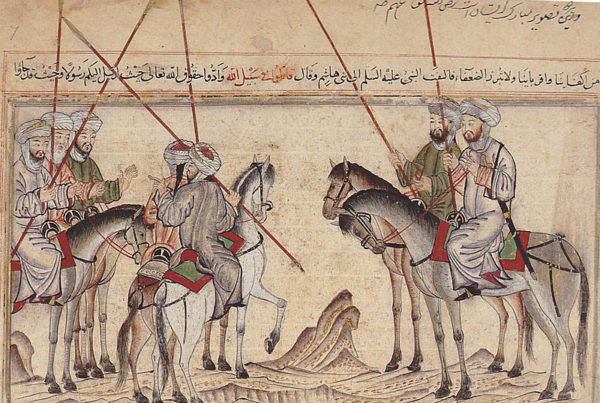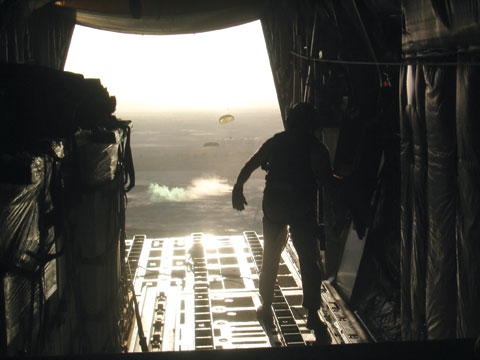Probably one of the best books on modern warfare ever written was Dick Simpkin’s Race to the Swift: Thoughts on Twenty-First Century Warfare. It would be nice to provide more bibliographic information, but the Institute’s copy of this extraordinary but much overlooked study went walkabouts a couple of years ago and the search for a replacement has been fruitless (we even violated the Bibliophile’s code and ordered from Amazon.com, so far without result).
Simpkin was one of these casual geniuses who could throw off enough ideas as asides to keep schools full of graduate students busy for entire careers. A selection include his profound insight about the ‘wavelength’ of dominant technologies, a short musing about a possible relationship between appreciation for classical music and generalship, or his parallel thinking about the ‘wavelength’ (again) of battlefields – where a Corps Commander or a fighter pilot thinks about tens of kilometres and a foot-soldier with a carbine may be thinking about tens of metres. How does one harmonize the different frequencies of their activities? Essentially Simpkin was pre-occupied with manoeuvre theory – the art and science of generalship and grand tactics in battle — and understood something about it at an intuitive level; but his attempt to fully articulate a grand theory fails.
His preoccupation with physics, statistics and psychology as the three elements of a grand theory is a fascinating exploration. But like some great artist or scientist trying to depict an insight that is just beyond his reach, the smaller discoveries he leaves in his wake are more than enough to preoccupy lesser minds.








